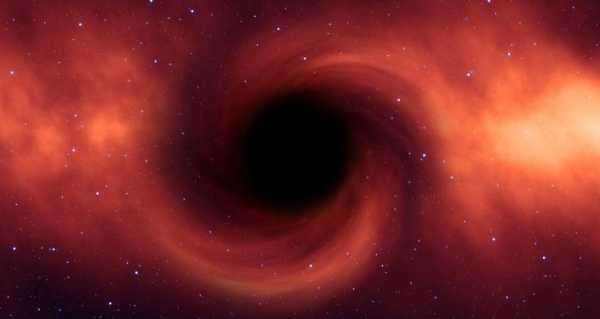
A new study focusing on areas away from the centre of the galactic cluster Abell 2261 has raised hope that there will soon be clues to an enigmatic black hole that has so far slipped through astronomers’ nets
While our galaxy, the Milky Way, is known to have a black hole as massive as four million suns lurking at its centre, the gigantic galaxy at the heart of the cluster Abell 2261, which is about 2.7 billion light years from Earth, should have an even larger one – an enormous object with superstrong gravity that has a mass equivalent to as much as 3 billion to 100 billion suns, astronomers assume, based on the galaxy’s approximate mass. A new study by a team led by Kayhan Gultekin from the University of Michigan has been accepted for publication in a journal of the American Astronomical Society.
The previously unheard-of monster has so far evaded cameras: researchers previously attempted to look into X-rays coming from the galaxy’s centre in a bid to spot the hidden black hole, but that was to no avail.
The new study conducted a more in-depth search of the galaxy using observations made by NASA’s Chandra X-ray Observatory in 2018, including of zones tilted away from the central part of the galaxy based on the assumption that the long-sought black hole could be pushed to the side after a powerful galactic merger.
When black holes and other giant space objects collide, they send ripples in space time known as gravitational waves. Scientists argue that if the emitted waves aren’t all symmetrical, they could push the merged supermassive black hole away from the centre of the expanded galaxy, in a process known as “recoiling”.
Such pushed-aside black holes are to date purely hypothetical and have never been detected by telescopes, contrary to smaller black holes.
The research team has now discovered that the densest concentrations of hot gas were away from the galaxy’s heart, but the Chandra data failed to map – even preliminarily – their location. The researchers are currently pinning their hopes on Hubble’s successor — NASA’s cutting-edge big James Webb Space Telescope, which is to be sent into space in October 2021.
Sourse: sputniknews.com






